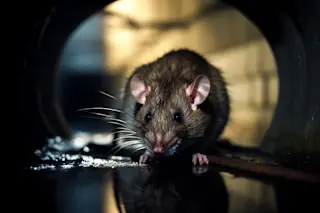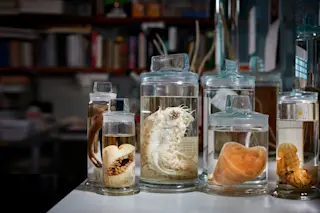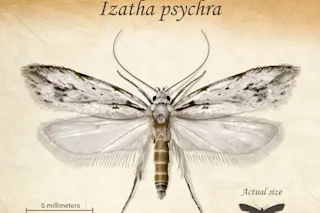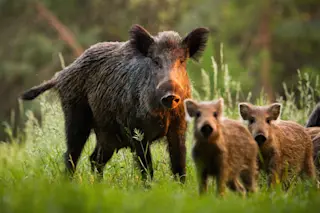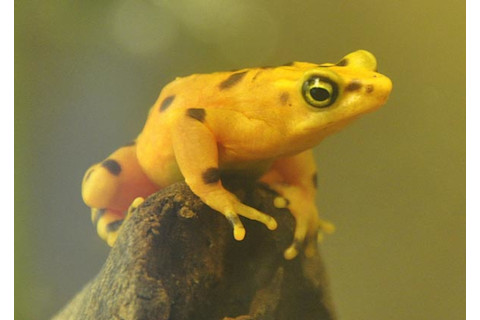
What's the News: A fungus that his been wiping out frog species all over the world is creeping into the last area patch of tropical mountains in the Americas escape its scourge, the Darien National Park in Panama, and scientists are scrambling to save what species they can. Frogs have been taking a beating
over the last three decades, due in large part to a ruthless killer called chytrid fungus
, the fungus is startlingly lethal, driving 50% of species into extinction and killing 80% of individuals within five months of appearing at one location in Panama. It spreads through water via spores, affecting even areas where humans have not penetrated. "It is the worst infectious disease ever recorded among vertebrates in terms of the number of species impacted, and its propensity to drive them to extinction," wrote a team of scientists in a 2005 World Conservation Union report
[pdf]. How the Heck:
Chytrid fungus interferes with frogs' ability to absorb electrolytes through the skin, which is required for muscles to contract. Once frogs are infected, their reflexes start to fail, their skin begins to fall off, and they may go into convulsions. Eventually, their hearts stop.
It's spread by frogs moving from stream to steam, by water-borne (and perhaps air-borne) spores, and by humans who bring the fungus into streams on boots, cars, and equipment.
Four years ago, a survey at the edge of the Darien National Park found that the frogs were still chytrid-free. But last year, scientists discovered that 2% of the frogs they surveyed had the fungus on their skin.
What's the Context: The Darien park, which is a World Heritage Site
, is home to many species of endangered amphibians, including the Panamanian golden frog, the country's national animal (pictured above). As Nature's Great Beyond blog reports, conservationists had high hopes for keeping those species alive:
“Everyone was looking at this one little teeny blank spot on the map,” says Brian Gratwicke, biologist at the Smithsonian Conservation Biology Institute in Washington D.C. “In terms of global amphibian conservation priorities, that was considered the best shot. And now that window of opportunity is closing.” He adds that a consortium of researchers - the Panama Amphibian Rescue and Conservation Project - are racing to collect the frogs and find places to keep them alive in captivity. “Right now we are keeping them in shipping containers,” he says (via Great Beyond).
The Future Holds: As far as the Darien park species are concerned, scientists won't be able to save all of them in time, Gratwicke says (via ScienceDaily
), although captive breeding populations have been established for some. For the rest of the world's amphibians, the forecast is grim: there is no known cure. But scientists are testing whether applying certain kinds of bacteria to frogs could help inoculate them against the fungus
and seem to be having some success
, although different species of frogs may require different species of bacteria to survive.
Image credit: bobosh_t/flickr



